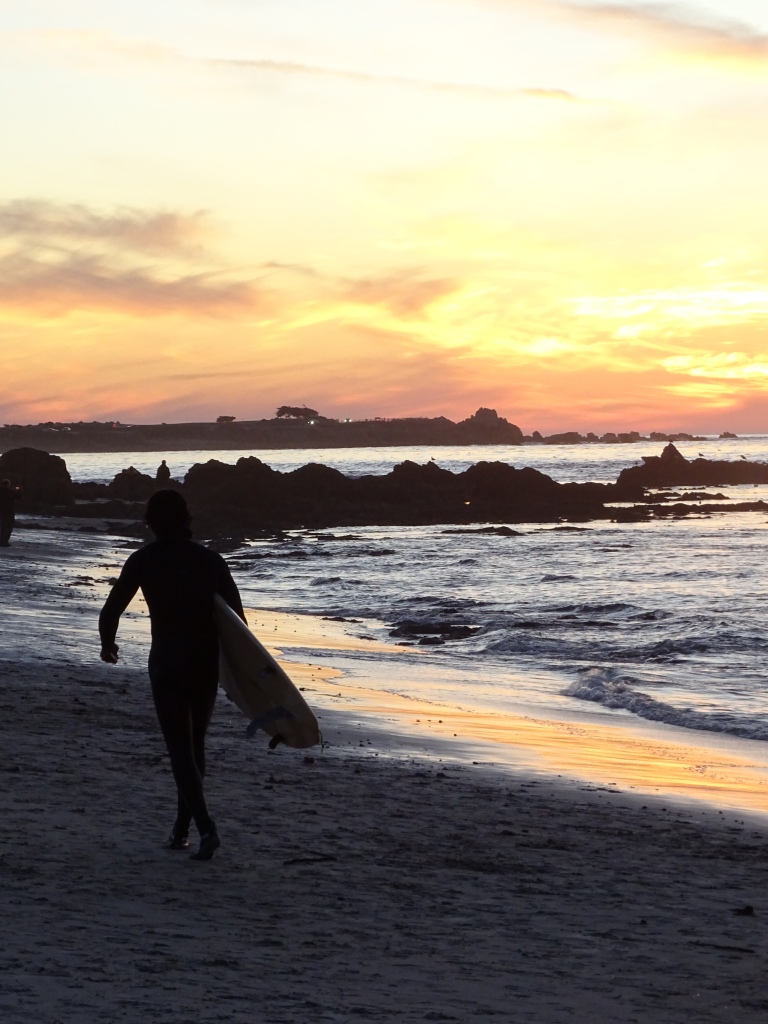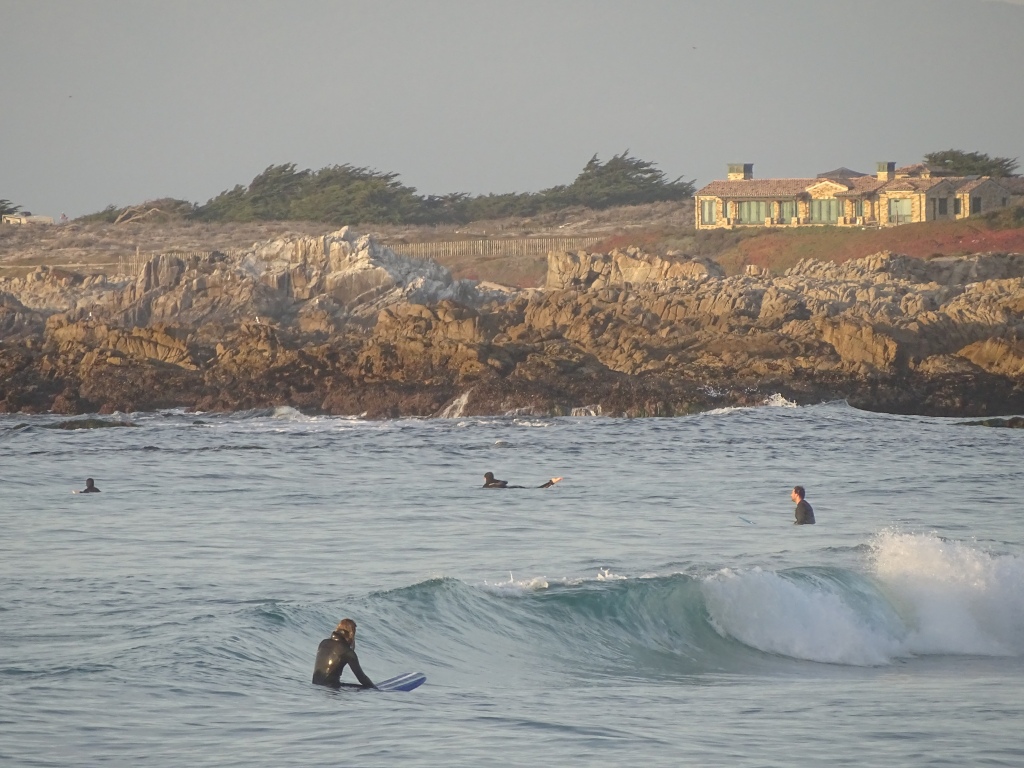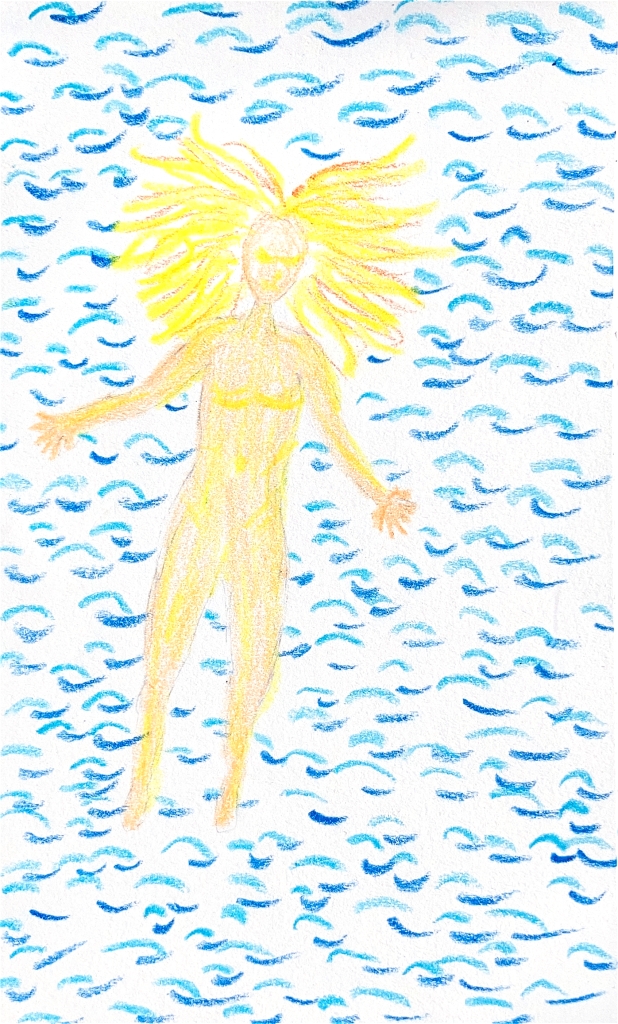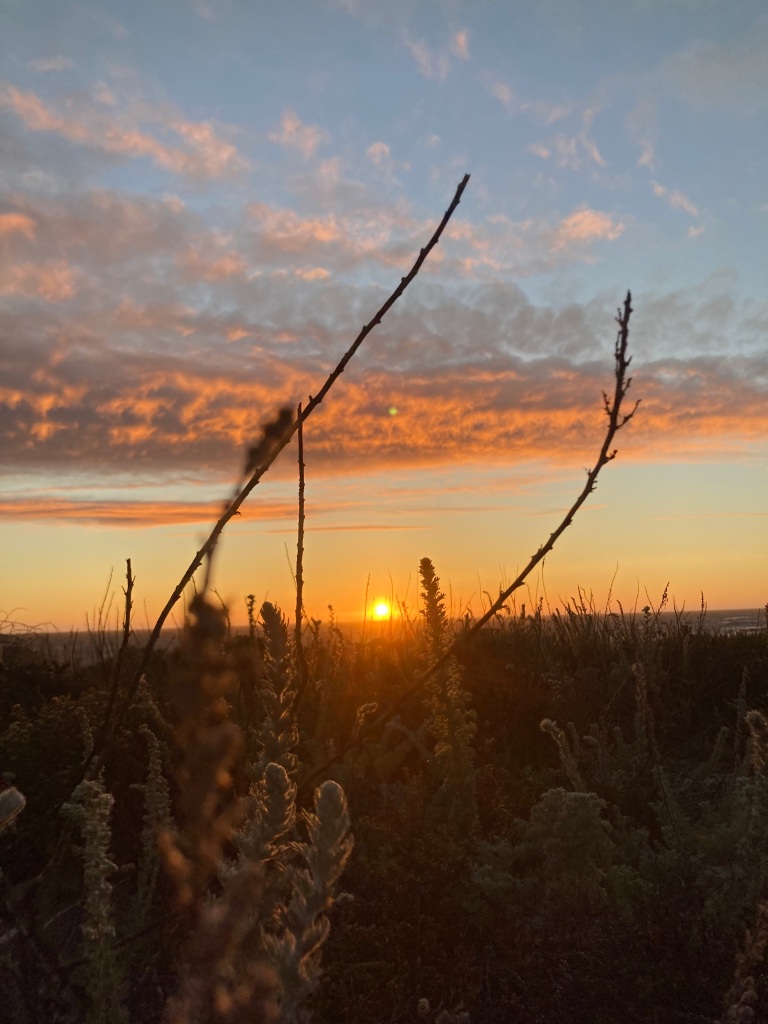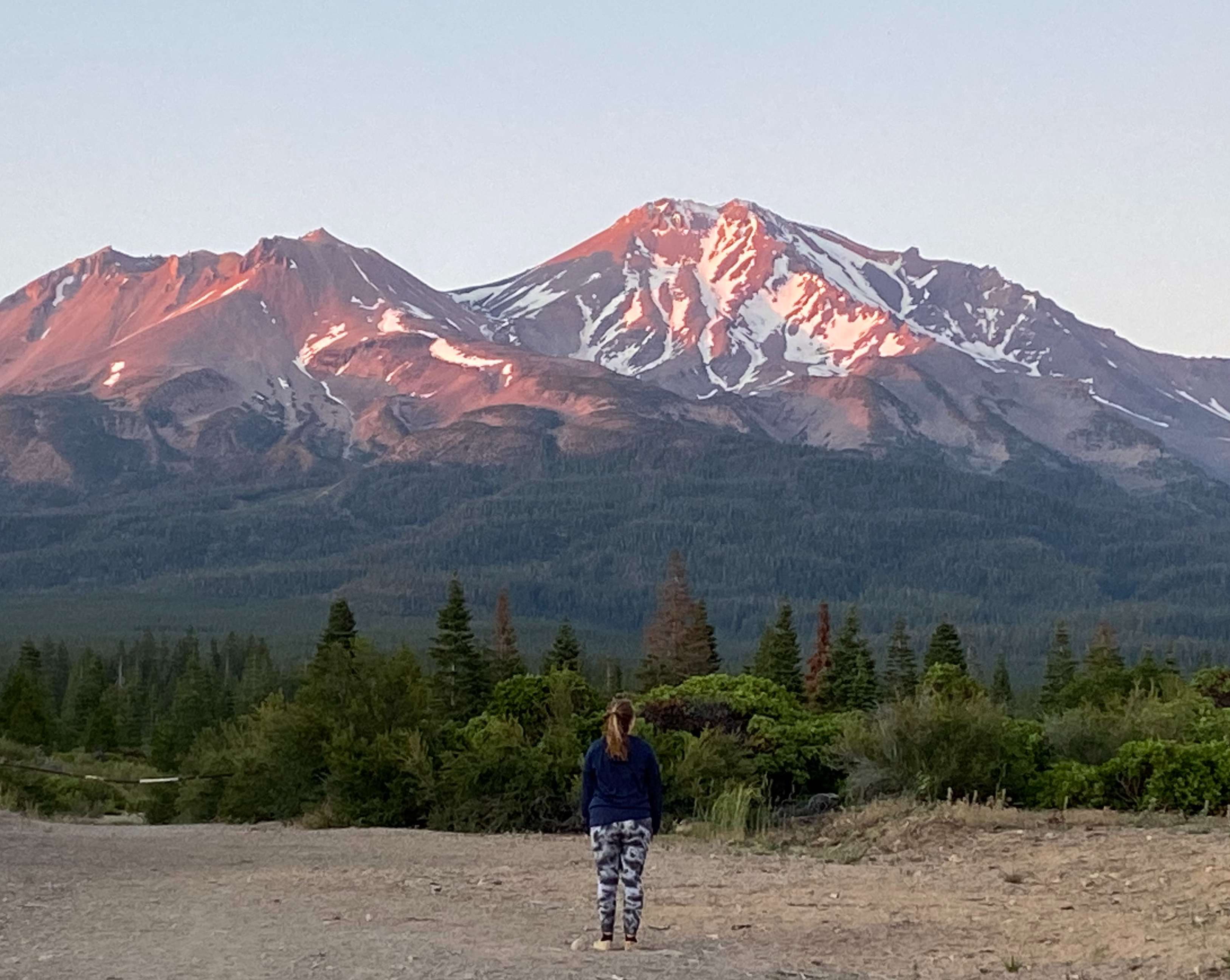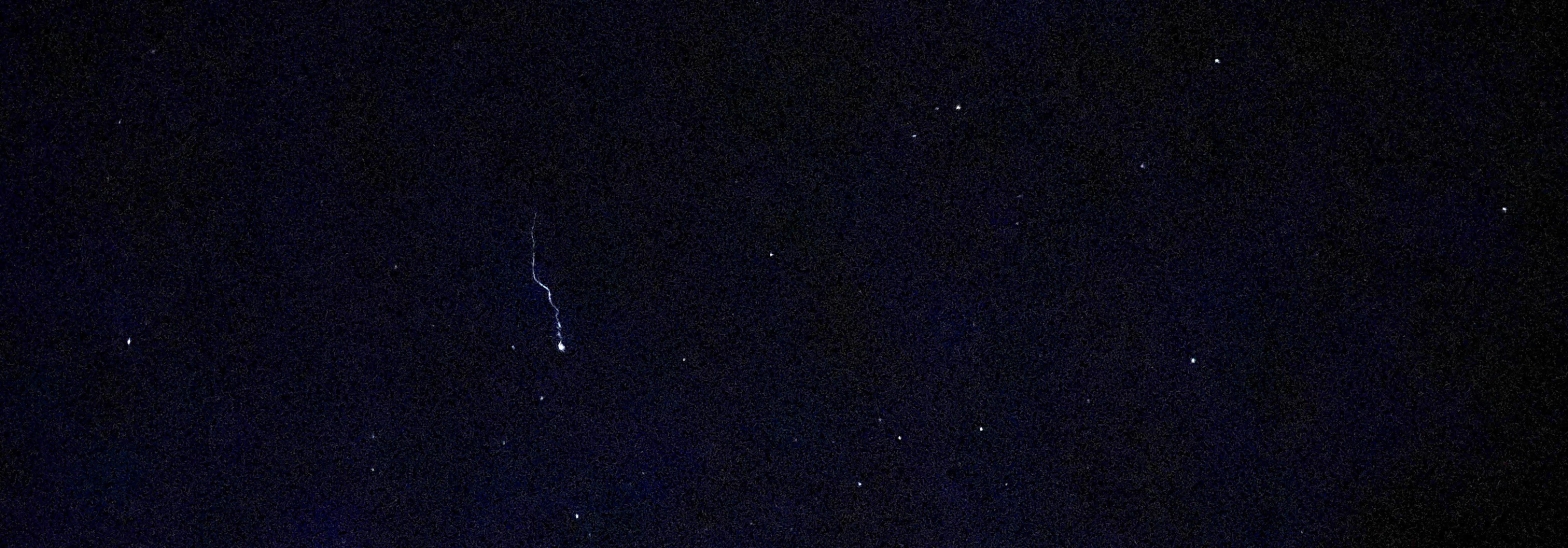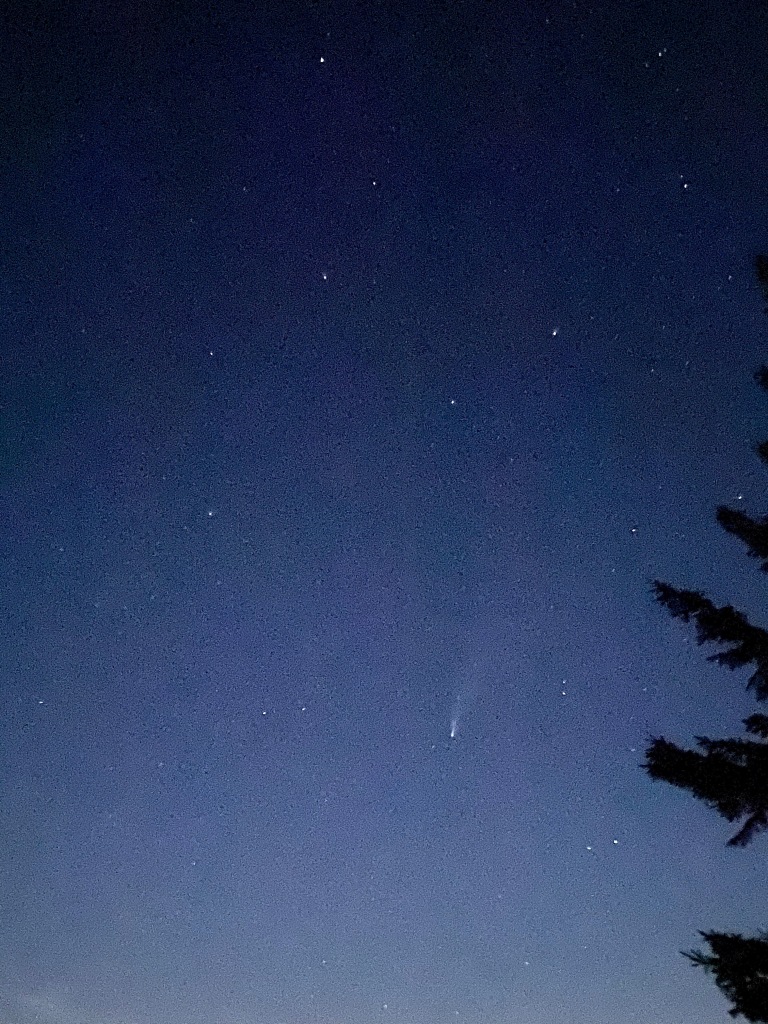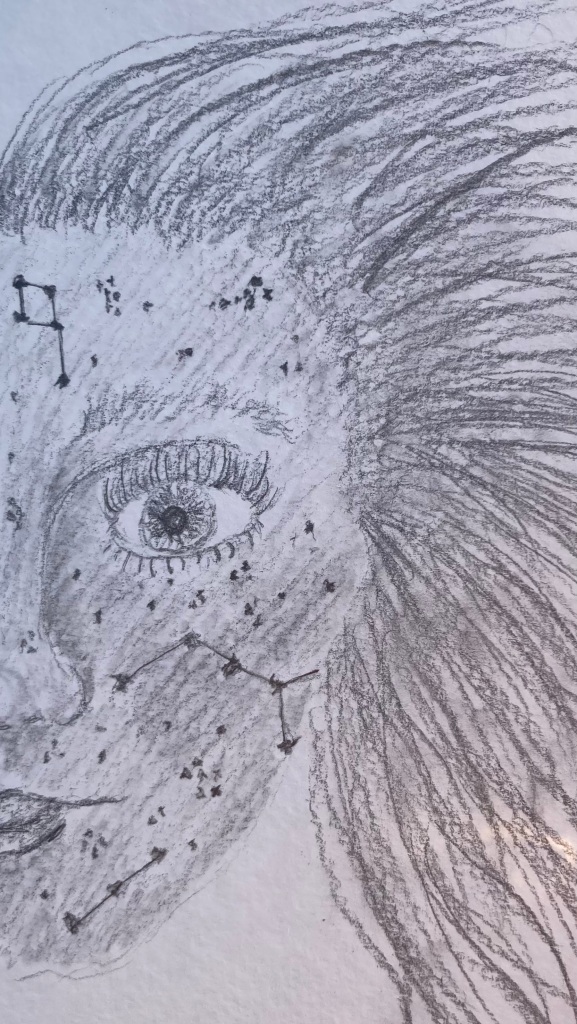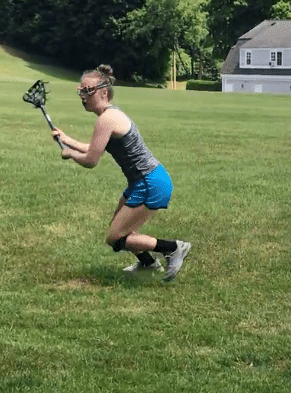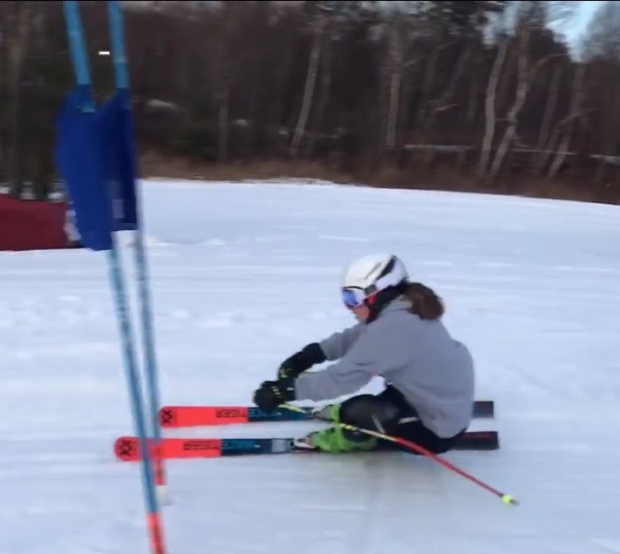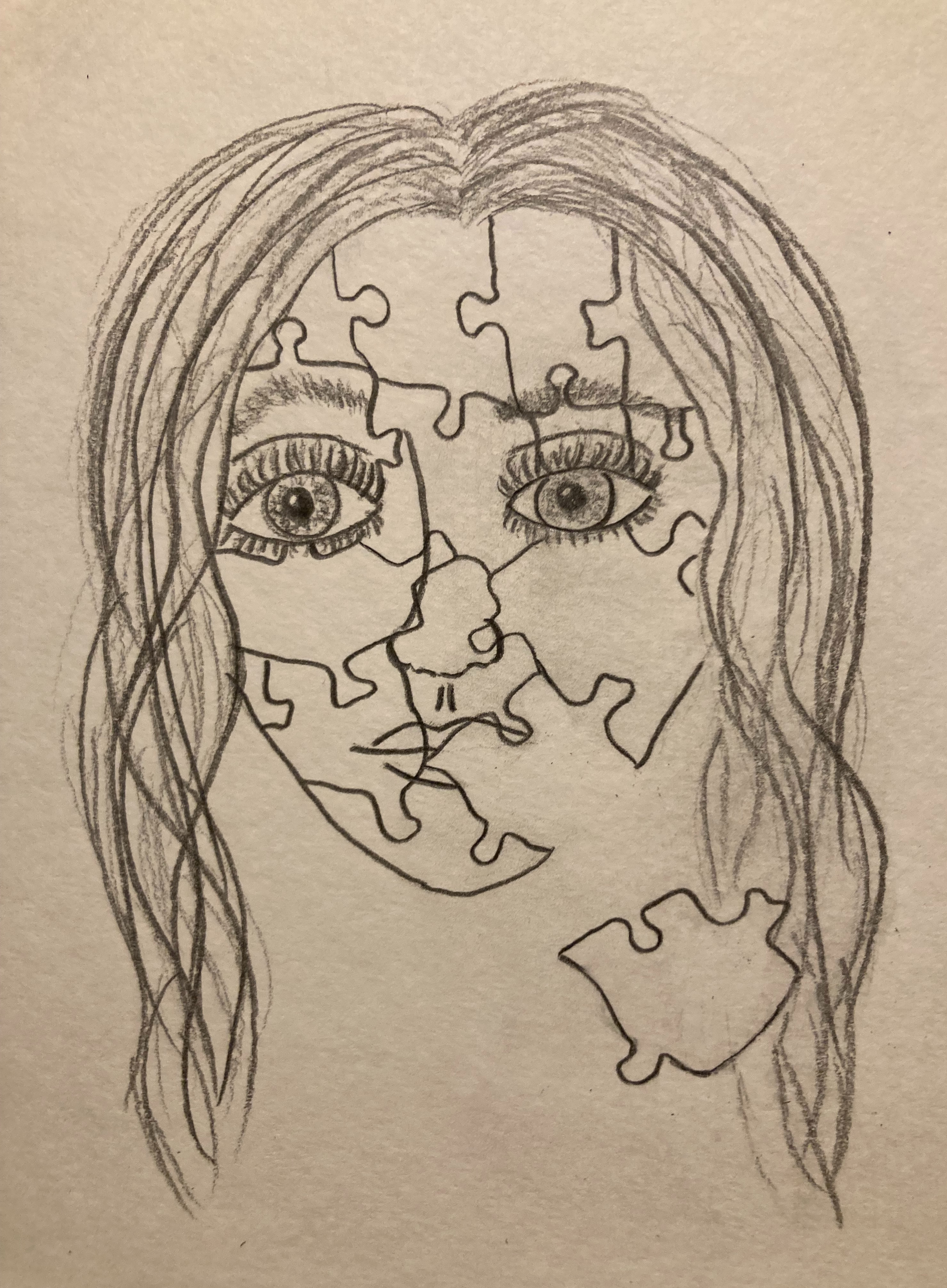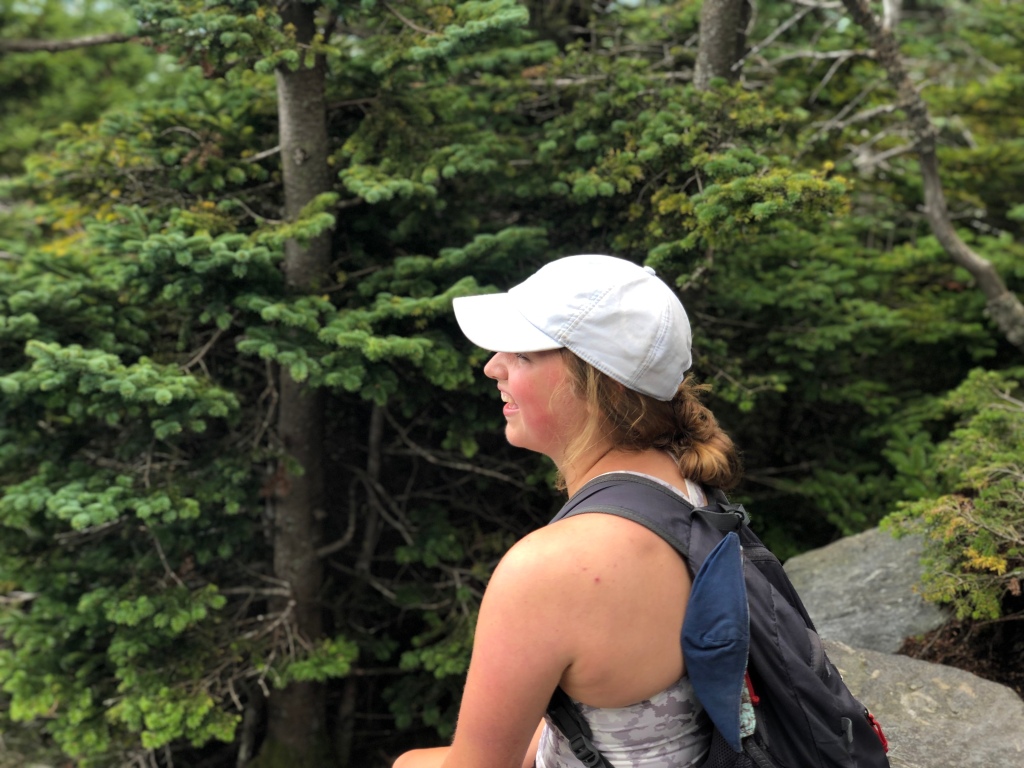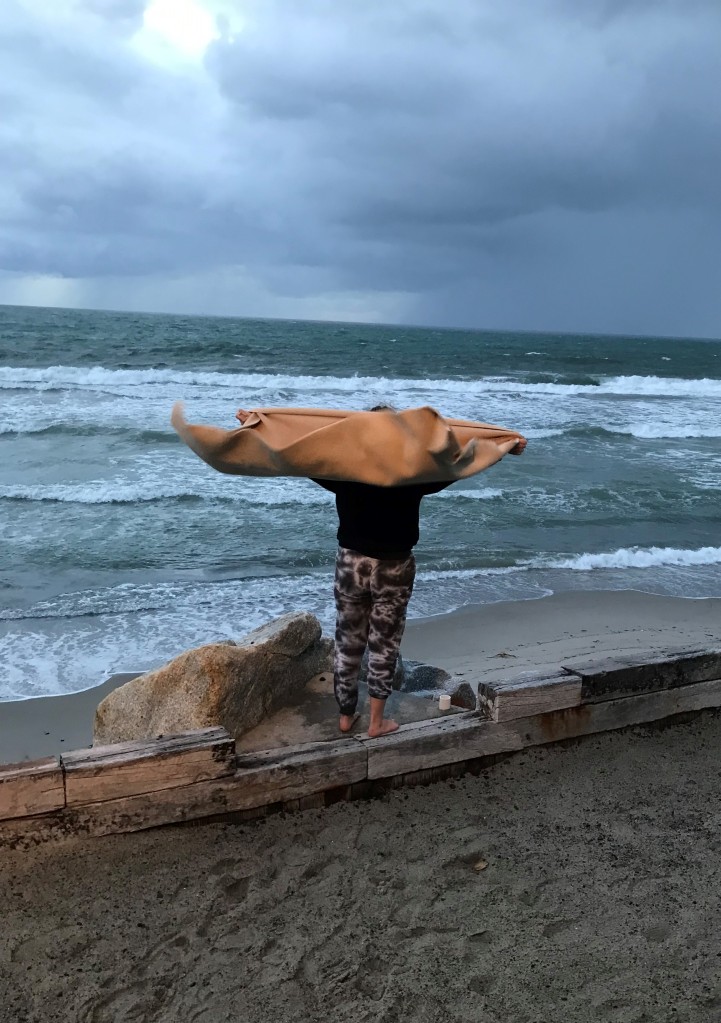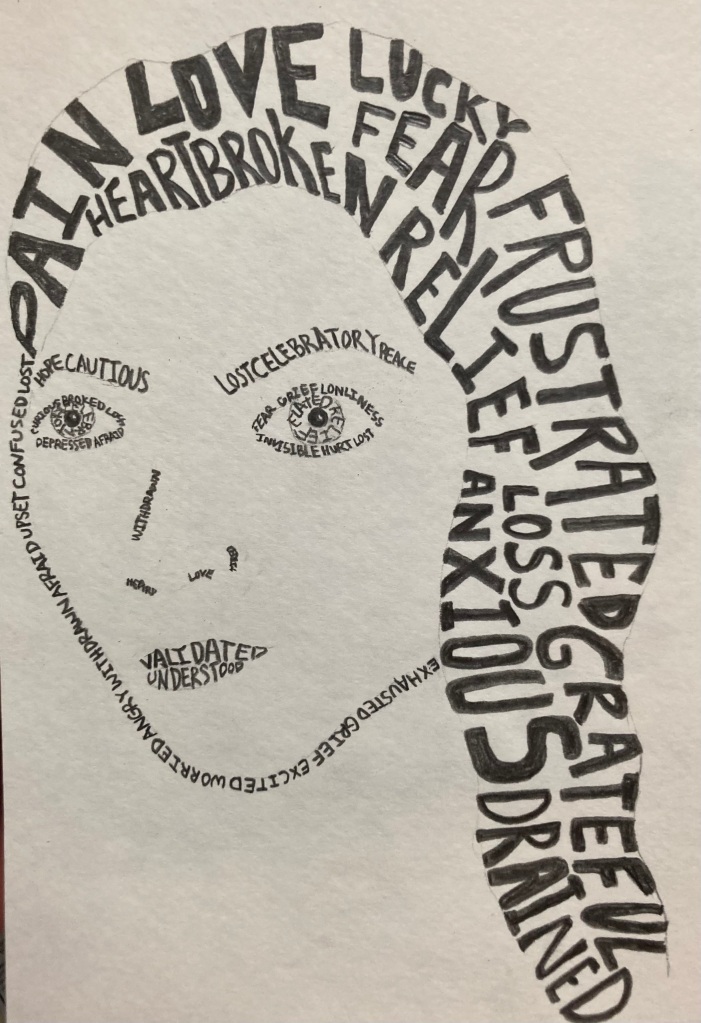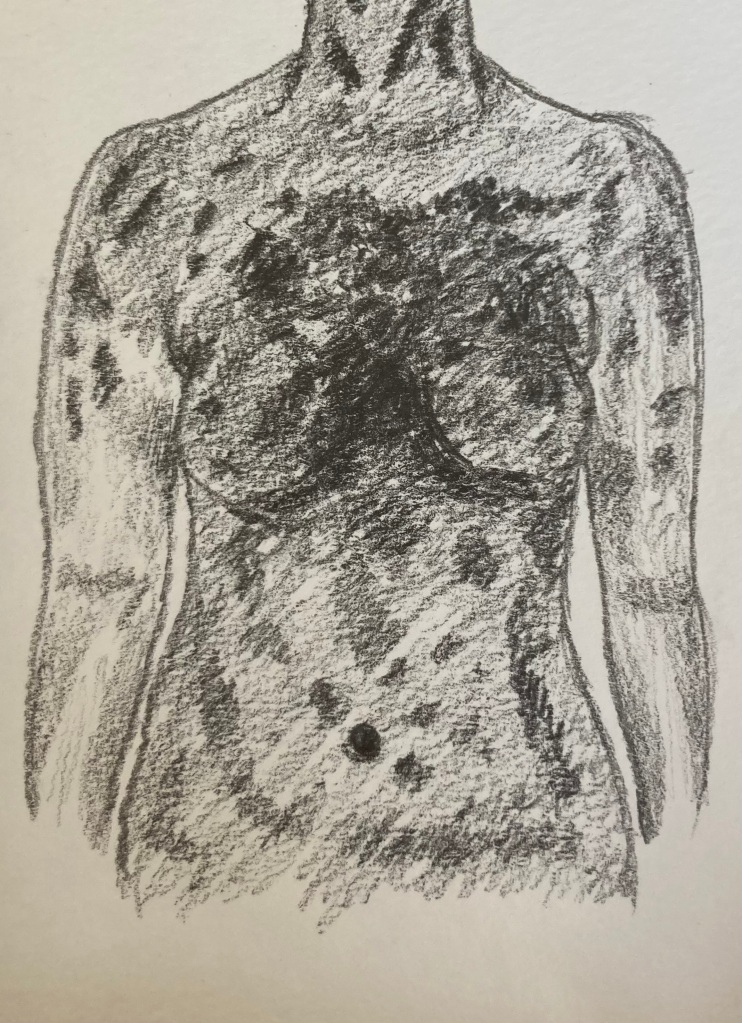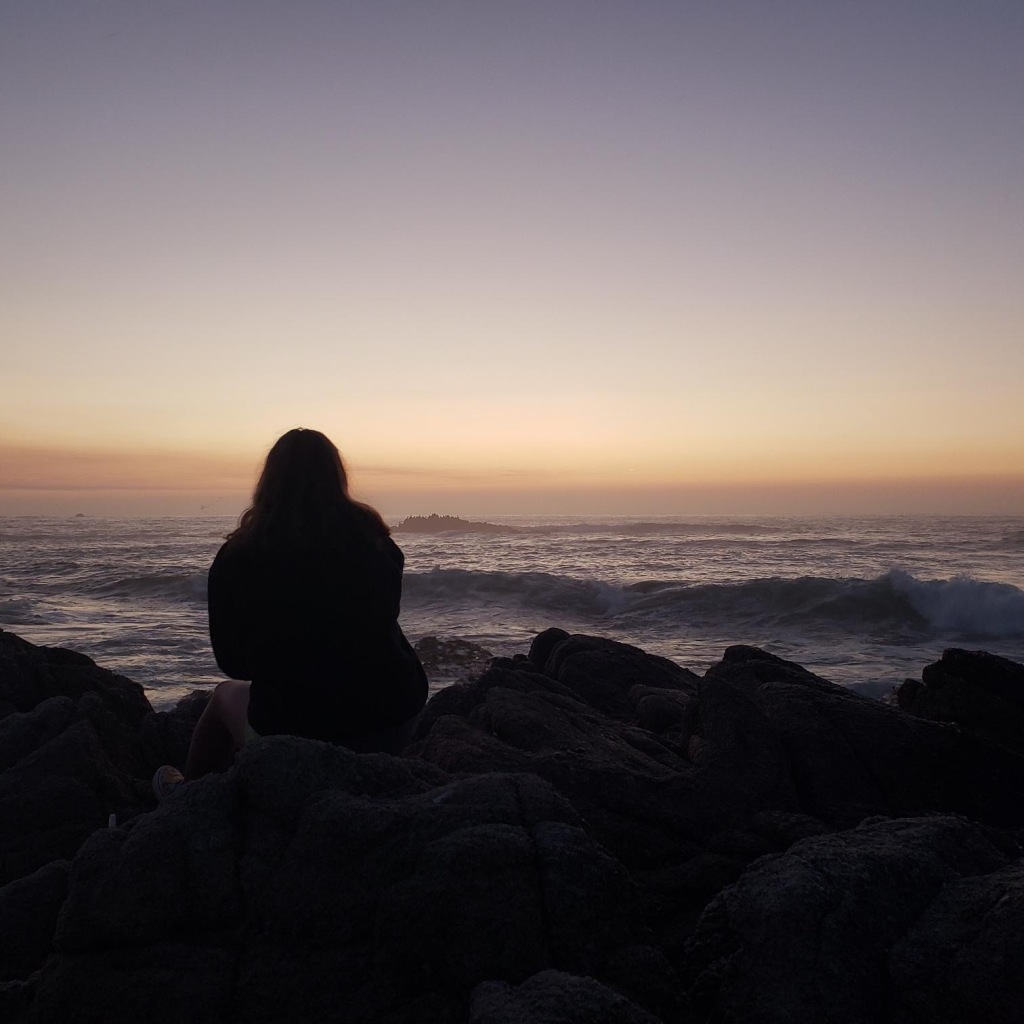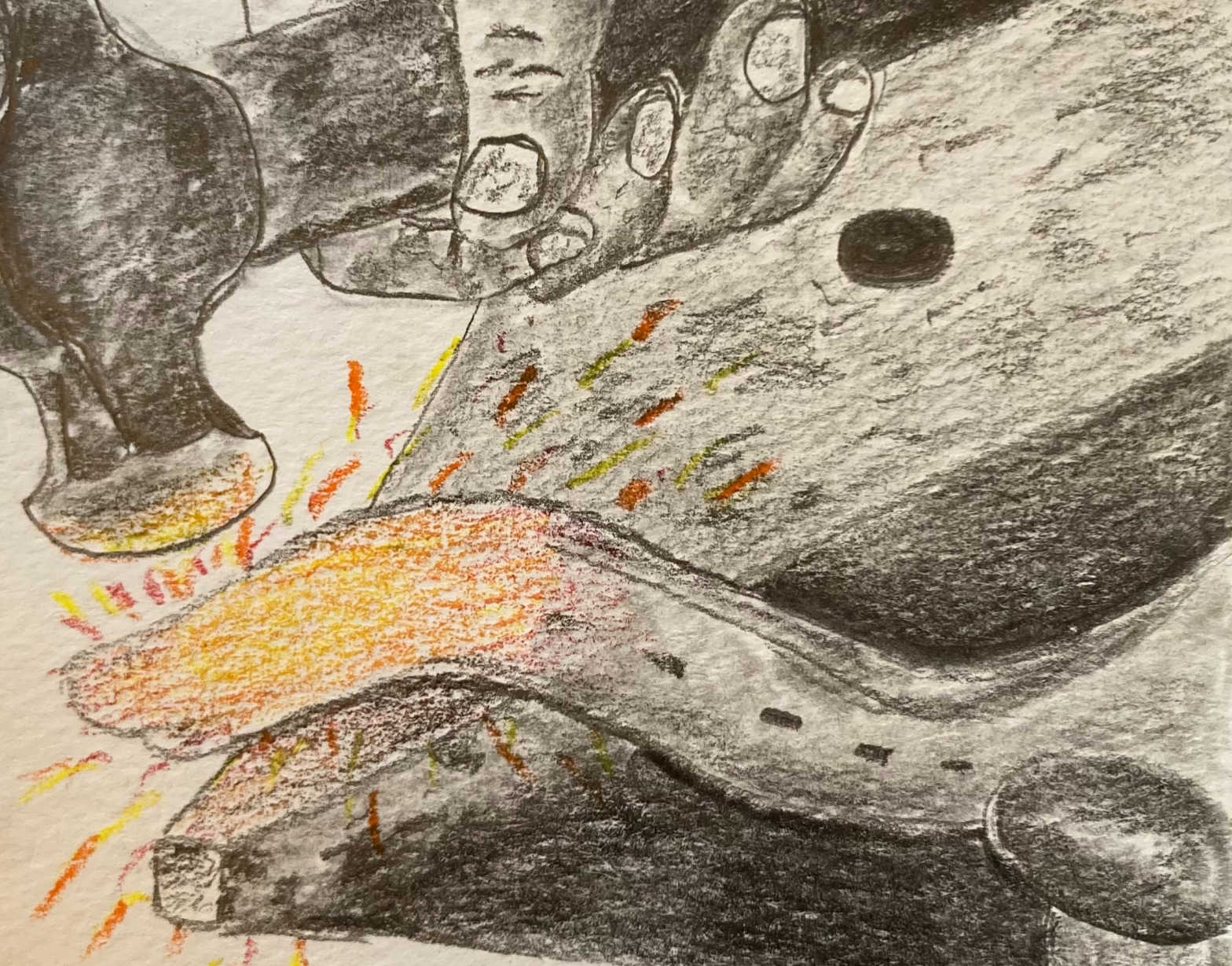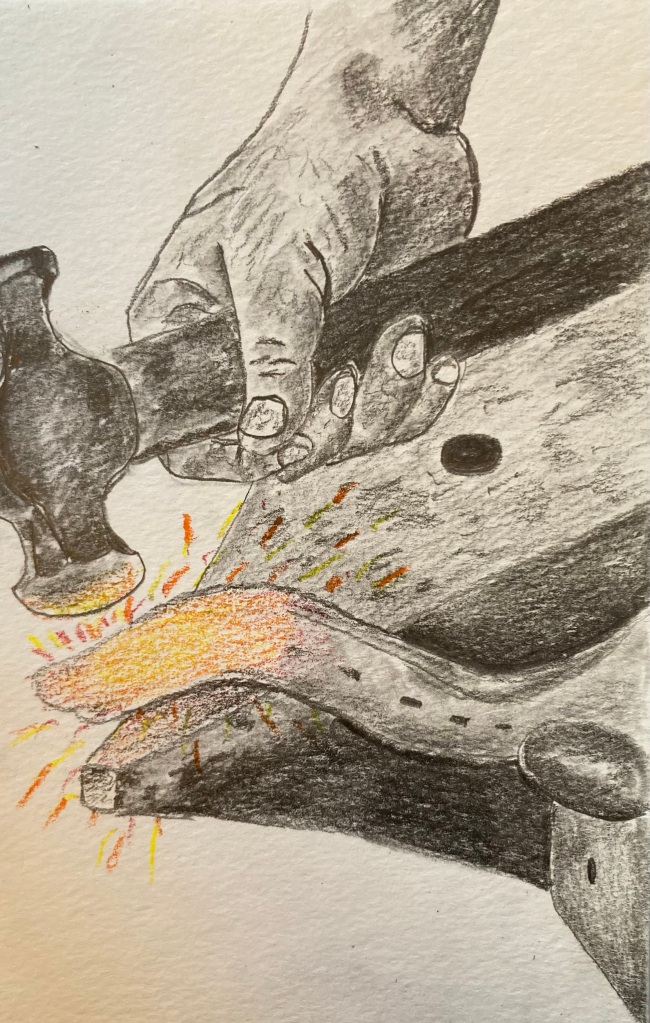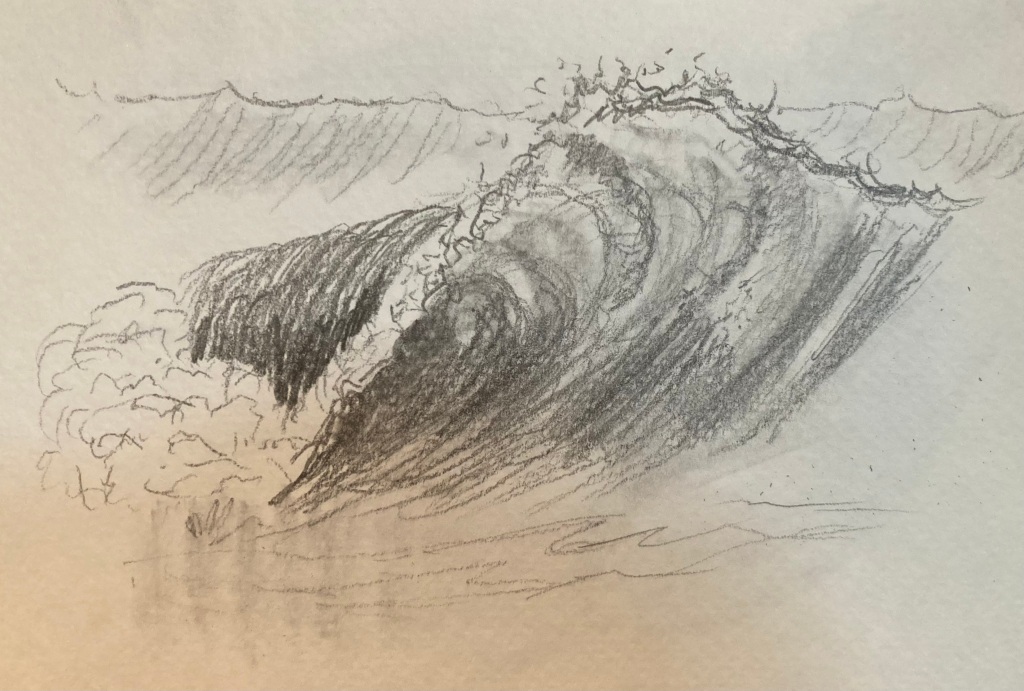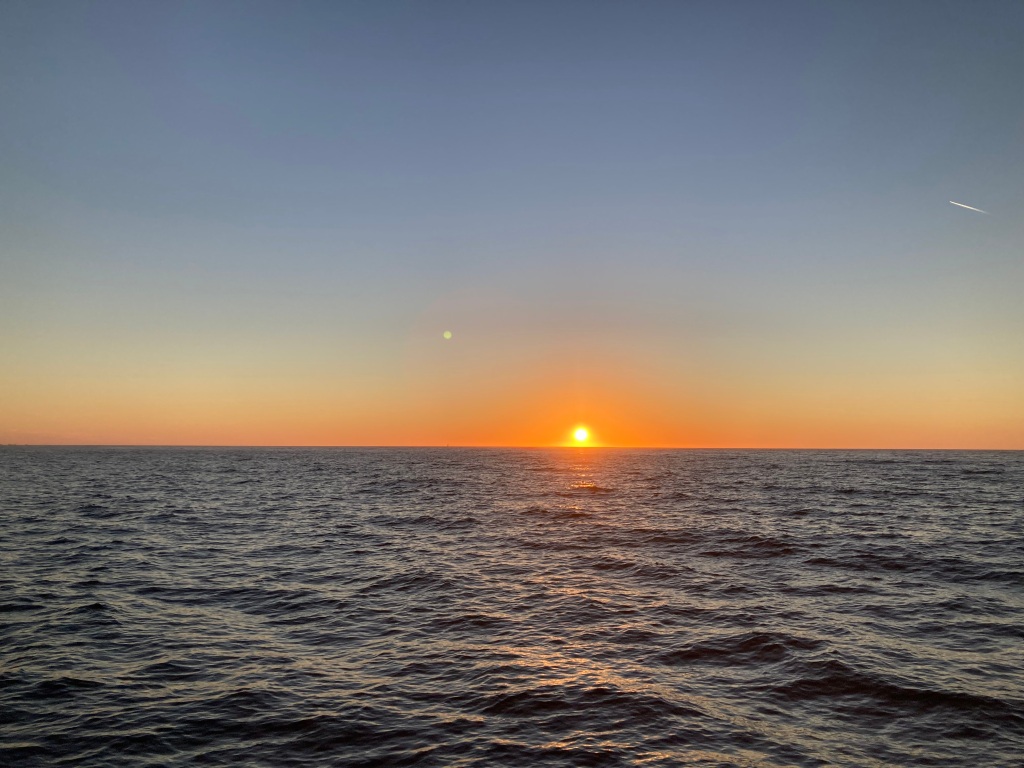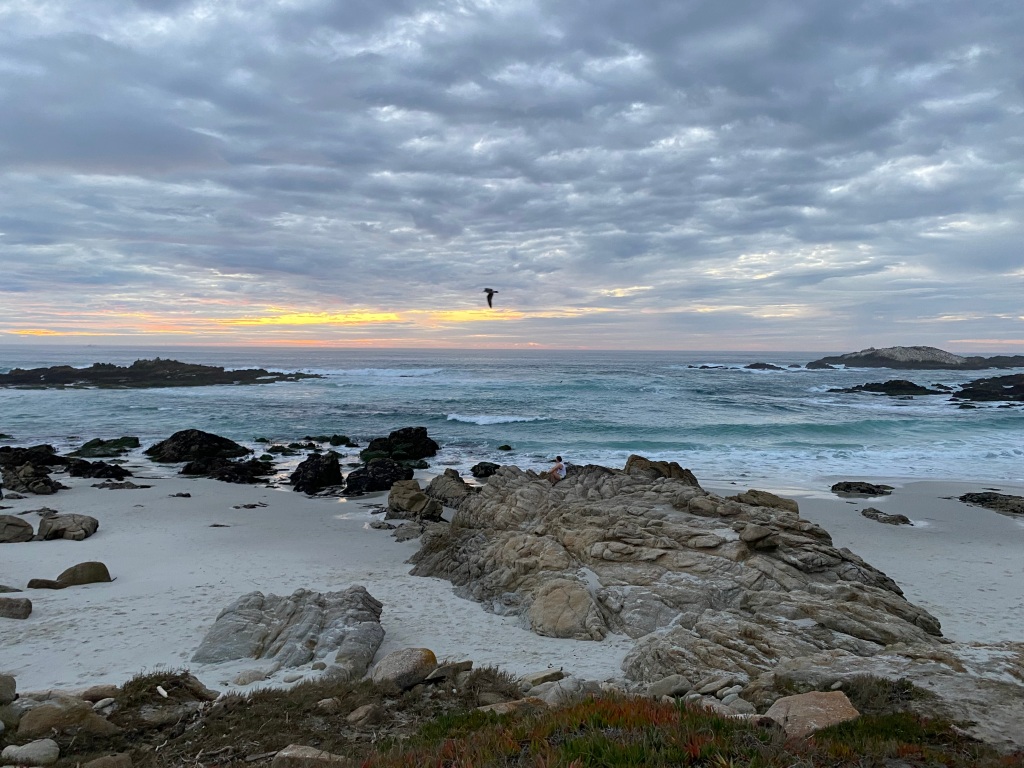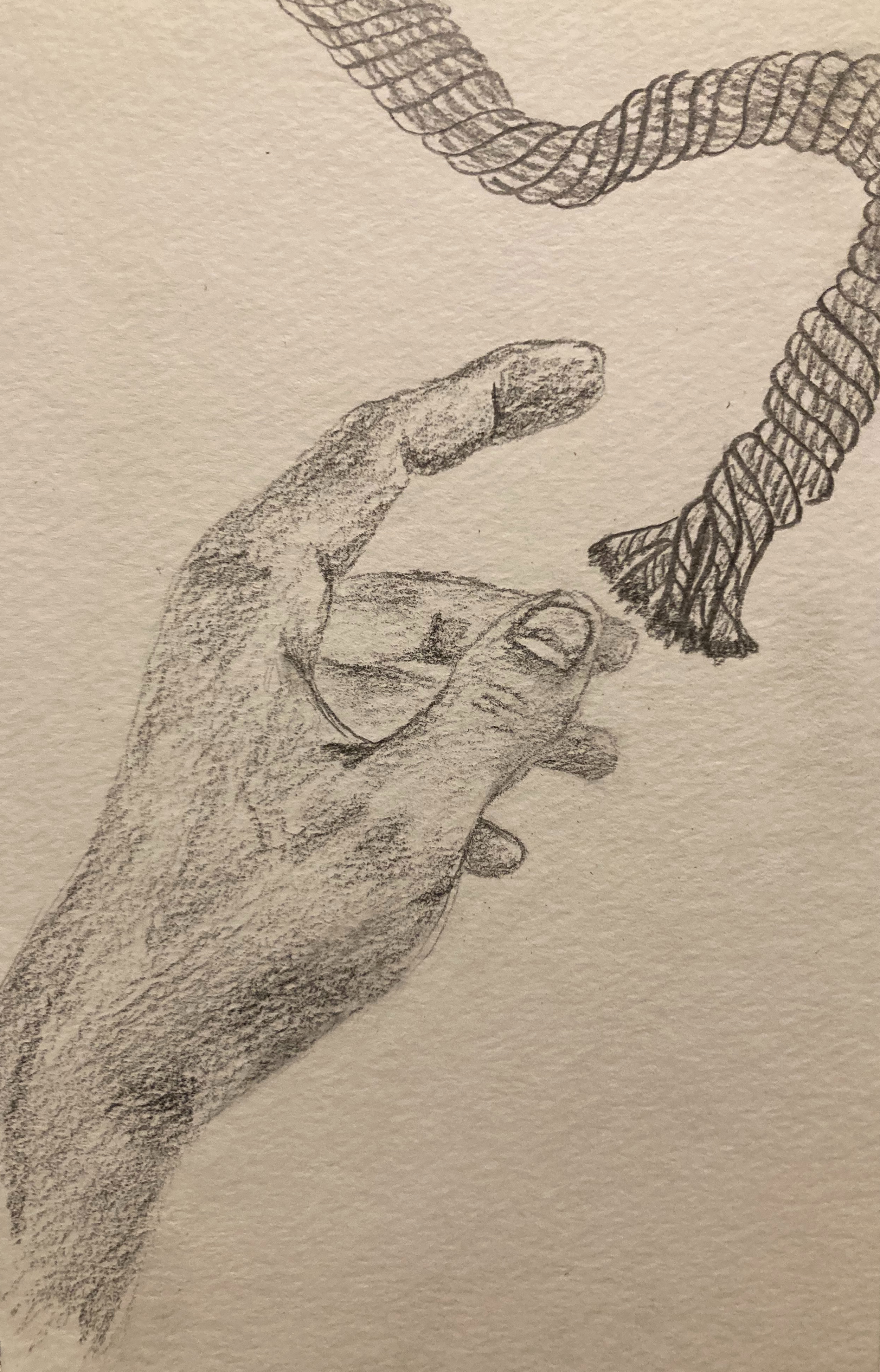College decisions came out the same month I knew my Bartonella test was coming back. I was far more nervous about the test result.
Having had virtually perfect bloodwork markers on just about every generic test under the sun, my doctors had little quantitative data with which to make sure diagnoses for me. I was doing IV therapy (which I will go into in another post), but it was more about system support than targeted treatment and it wasn’t working as my doctors had hoped.
I’ve been steadily getting worse and worse, and as I’ve talked about in the past (read here), a diagnosis is vital to know what you’re up against and how to treat it.
So I cannot tell you the relief that I felt, the unconscious tension that melted off my forehead and shoulders when I received that positive result. I was far more elated at that positive marker than getting in to any dream school of mine. Sure I can choose a school, but with this result I finally have a fighting chance of being able to go.
I have a few other diagnoses in the works as well. I have MCAS (Mast cell activation syndrome), POTS (Postural orthostatic tachycardia syndrome), and potential EDS (Ehlers-Danlos syndrome). It is very likely that I have Lyme disease as well, but I have yet to test positive through the generic labs.
I am starting to learn the patience with which you must approach the diagnosing of complex, multi-system illnesses. You can’t address it all at once, so you try to identify the “mob boss” in the room and knock them out first. It takes many different angles of approach, and it may be years before you have a complete list of diagnoses.
All you can hope for is that each beast can be systematically taken down and that you keep feeling better along the way until, eventually, you’re the last one standing.
At this point, Bartonella seems to be my “mob boss,” so I thought I would go into what I know about Bartonella so far. I am learning so much through this process so this is not an exhaustive description by any means, just a basic summary based on my own personal experiences and research.
PLEASE NOTE: I am in no way a doctor, expert, or diagnosing professional. Bring up all concerns with your doctor and confer with them before changing anything in your healthcare plan. Do your own research to obtain the most accurate information about your own diagnoses. Every case is different. This is just my experience.
What is Bartonella?
Bartonella is a bacteria that hides out inside your cells, creating a variety of symptoms characteristic of infection. Also called Bartonellosis, the two prominent strains are Bartonella henselae, or Cat-scratch fever, and Bartonella quintana, or Trench fever. However, there are dozens of Bartonella strains, many of which cannot yet be detected clinically.
Bartonella is an opportunistic infection. This means that when the immune system is working well, the infection can be eliminated without much trouble. But when the immune system is compromised or weakened (read: mold toxicity, Lyme disease, surgery, childbirth, severe flu, intensely stressful life event), the immune system can no longer keep the bacteria at bay, allowing it to grow and spread.
A number of unique properties allow Bartonella to flourish undetected in the body. It can insinuate itself inside cells, hiding from the immune system and antibiotics, making it difficult to both diagnose and treat. My doctor was able to detect inflammation in the lining of my blood vessels from Bartonella on a thermal scan. (Read here.)
How do you get Bartonella?
About 40% of cats carry Bartonella, so a cat scratch or bite can allow the bacteria into the body. Bartonella can also be transmitted by ticks, fleas, sand fleas, and mosquitoes.
Bartonella is known as a co-infection of Lyme disease. Although the two can be mutually exclusive, Lyme disease is becoming more prevalent in the world today, weakening the system for Bartonella and other potentially present co-infections to wreak havoc.
When a tick bites, it can be infected with any number of different tick-borne diseases. These are often regurgitated back into the body by the tick, transmitting it’s contents into the blood stream. This is why it is important to tick-check when you have been in areas with tall grass or trails. If you freeze the tick once removed from your body, it can be sent in to test for tick-borne diseases. You do not need to have a bulls-eye rash to have Lyme disease. The tick does not need to have been attached for 48 hours to infect you. None of this is to scare anyone, but please make sure to bring it up to your doctor if you have an imbedded tick. Doctors will often prescribe a course of antibiotics just to be sure.
I grew up in Vermont and had a number of tick bites there, but I was never treated. We think that I got Lyme and co-infections as a kid, and the concussion that I got as a 13 year old triggered my infections. (Read here.)
It is important to note that although Bartonella is commonly transmitted through ticks, many people infected with Bartonella have no memory of a tick bite in their past. Please remember that ticks are not the only mode of transmission for this disease, and lack of a tick bite should not rule it out as a potential diagnosis.
What Kind of Doctor Deals with Bartonella?
I cannot stress enough the importance of finding a Lyme-literate medical doctor. Often referred to as LLMD’s, it can be incredibly hard to find one, especially one covered by insurance, but they do exist. There are ways to search online through the International Lyme and Associated Diseases Society, and on other sites as well.
Many individuals with tick-borne illness understand the struggle of exhausting the Western medicine circle. I saw just about every specialist under the sun: from concussion specialists and chronic pain specialists to neurologists, endocrinologists, cardiologists, gastroenterologists, rheumatologists and more. And no one was able to tell me definitively what was going on inside my body.
LLMD’s have the skill set to diagnose and treat not just Lyme disease, but a number of complex chronic illnesses that other specialists are just guessing at. They often combine both Western and Eastern medicine to create a holistic approach to your health and wellbeing. What you are dealing with is not all in your head, and an LLMD will confirm that.
How do you test for Bartonella?
Bartonella is most commonly tested for in a simple blood test. Your doctor may elect to use another bodily fluid instead, depending on your individual case.
The problem with most labs covered by insurance (like Quest Diagnostics), is that their tests are not sensitive enough to pick up on most cases of Bartonella and tick-borne diseases. Especially because Bartonella likes to hide out inside cells, it can often go undetected in a normal blood test.
Some specialized labs such as IGeneX and Galaxy Diagnostics have developed more sensitive tests that are more likely to pick up on these pathogens in the body. These tests must still be ordered by a healthcare provider. The downside to these labs is that they are not covered by insurance.
Also, as stated above, there are dozens of Bartonella species, and only a few are detectable at this time. While these labs are more likely to pick up on Bartonella and other tick-borne diseases, they are not foolproof. Some LLMD’s will give a tentative diagnosis based off of symptoms and treat from there. If the treatment works, chances are you have the disease. Treatment can also bring Bartonella and other tick-borne illnesses out of hiding, making them more likely to appear on tests in the future.
My Main Symptoms
Bartonella can affect almost all systems of the body. Because there are so many symptoms that can be consistent with Bartonella, I am just going to talk about my main personal symptoms. Please remember that every case is different and that this is by no means an exhaustive list, or even my exhaustive list.
My biggest symptoms have to do with pain. I have lots of joint, nerve and muscular pain, as well as widespread feelings of “everything hurts.” I have peripheral neuropathy in my hands and feet, making it painful to walk far distances or put a lot of pressure on my hands. I have a lot of muscular pain, especially in my back. I get sore very easily from doing very little, even as an athlete. I heal slowly and bruise easily.
My joint pain includes weakened cartilage, resulting in a detached meniscus and surgery at the age of 16 and a torn labrum in my hip by merely sprinting in a straight line at 18. I have a number of micro-tears in other joints, evident on ultrasound, as a result of Bartonella.
I have swollen salivary glands and extreme excessive thirst, especially at night, making it hard to sleep. I get overwhelmed very easily. I have occasional panic attacks. I have trouble controlling my blood sugar. I have a painful face rash from the related MCAS that flares often, and heart rate spikes and dizziness from the related POTS.
I have severe chronic migraines stemming from my first concussion, and a constant headache. Because I have been in chronic pain for so long now (5+ years), my body often resorts to nausea to cope. While I have a high pain tolerance, I am very sensitive to additional pain. The inflammation in my body is palpable.
It was only when I saw a LLMD that all of the pieces started to come together and my long list of symptoms began to sort itself out into a shape that makes a little more sense every day.
My Plan Moving Forward
Before my diagnosis, I was doing NAD IV therapy. While there are a myriad of benefits to this treatment, I am too early in my recovery at this point and it ended up being more harm than good for me at this time.
I am currently on a number of herbal supplements and antibiotics together in a treatment plan that seems to be working well for me right now. My energy has improved enough to leave the house sometimes (yay!). I am prioritizing sleep and self-care while I allow my body to heal. I am not currently in school, but the hope is that I will be well enough to attend college in the Fall.
I hope that this general overview of Bartonella can be helpful for someone out there. I am a science nerd that loves to know how things work, and I have found it very difficult to find good information on these types of complex chronic illnesses. As I learn more, I will put together a list of resources I find have the most up-to-date, accurate information about Bartonella and other tick-borne illnesses. Let me know if you have any good resources to add to my list!
